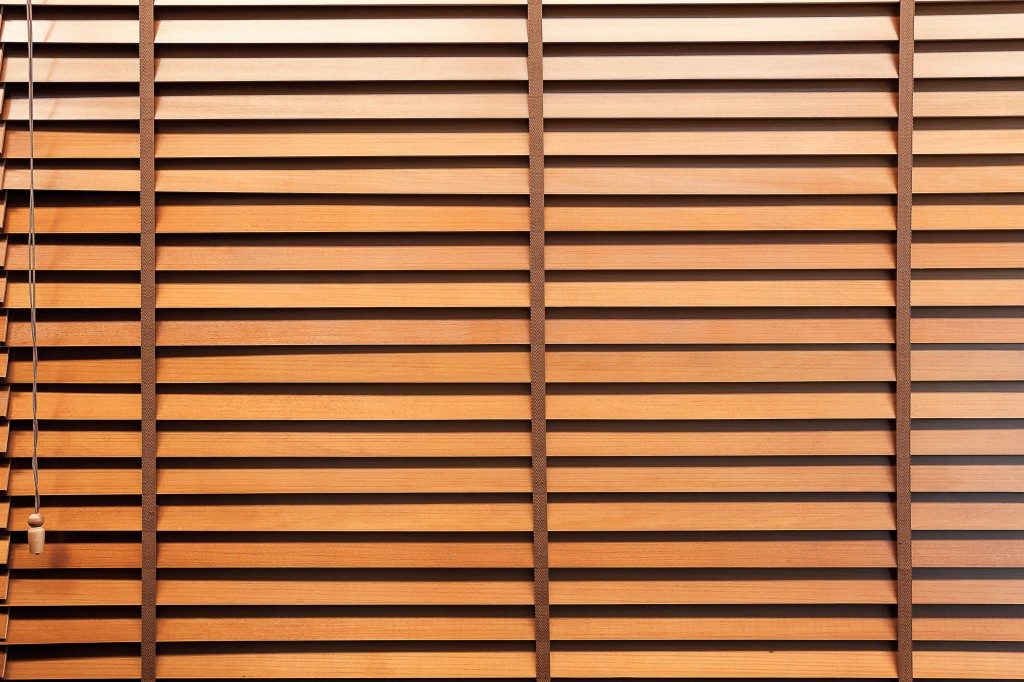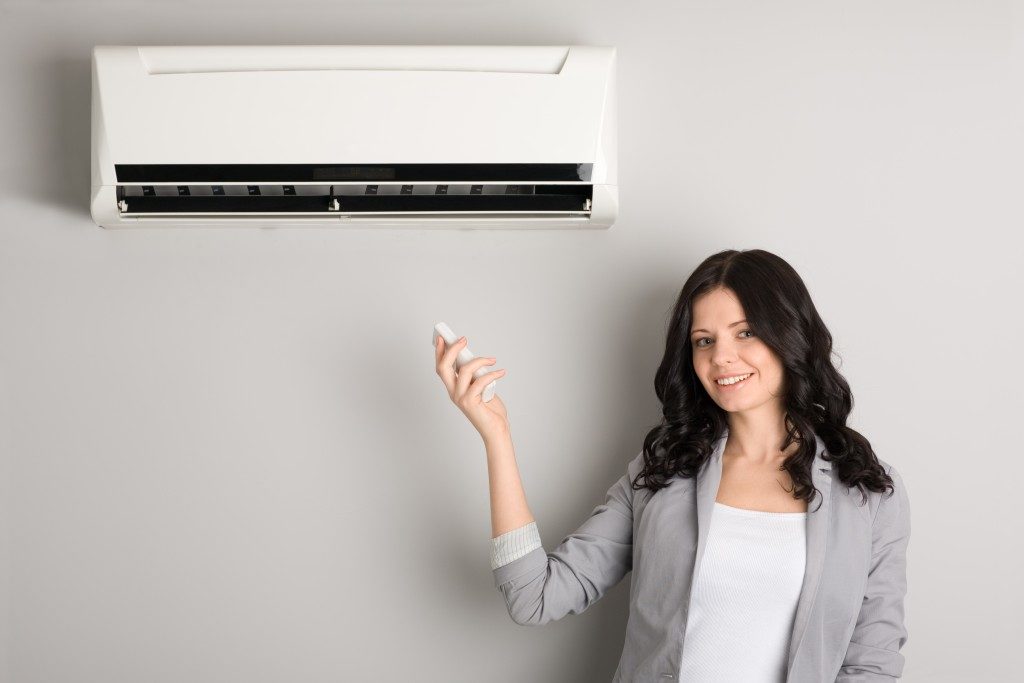Pollutants such as dust and pollen are blown by the wind, so they get into our houses. Household cleaners and certain cosmetic products contain chemicals that emit toxic odour. Even cooking can make indoor air toxic. However, we can eliminate bad indoor air through proper ventilation. Here are some home ventilation tips to make indoor air smell good and fresh:
1. Allow natural air
Allow natural air to flow through. Outdoor air is cool and fresh. Open your windows more frequently to allow outdoor air, especially on a windy day. This will not only improve the quality of indoor air but will also help lessen the use of your cooling system. As a result, you save on electricity bills. On warm days, you can use the chimney effect. The hot air will rise up through ventilation openings such as windows or chimneys. As the indoor air rises, it will be replaced by cold air from the outside.
2. Install exhaust fans
Exhaust fans remove unwanted odour and other pollutants in the air. A bathroom exhaust fan draws out stale air and removes excess moisture, while a kitchen exhaust hood eliminates smoke, heat, and steam from the air. Both fans suck humid air out of the room to allow fresh air to enter.
3. Maintain your home’s ideal relative humidity
If your home feels damp and smells musty, use a dehumidifier to eliminate moisture in the air. Consequently, it will restore the room or entire home to its ideal relative humidity. In addition, change air filters regularly. Replace them at least four times a year for better air quality.
4. Add water elements in your home
Make swimming pools and fountains part of your landscape. They are good connecting spaces between the outdoor and indoor areas. From the outside, air naturally cools as it gets through the interior. Hence, cool air circulates around your home.
5. Use bamboo as furnishings

Bamboo is hollow on the inside. It allows air to flow freely because of its airy construction. In addition, it has low heat retention. Because of that, it is ideal not only as outdoor furnishing but as indoor furnishing as well. Furthermore, it has a soundproof effect; thus, your home feels more peaceful.
6. Incorporate transitional spaces
If you’re building a house, incorporate open spaces such as balconies, courts, and atriums or open-roofed entrance halls. These are transitional spaces that allow air circulation. They do not only improve air quality, but they also lessen your power bill.
7. Install air deflectors
For new homes, affix air deflectors either horizontally or vertically to redirect air flow. Doing so will make air circulation more efficient and your house more comfortable. To achieve improved heating during winter, use curved air deflectors to make warm air go down. To achieve improved cooling during summer, position the vents up to direct air toward the ceiling. For your home ventilation needs, there are numerous experts in New Zealand who can help you. Just check your directory for assistance.
Breathing in stale air lessens your body’s supply of oxygen; hence, your body cannot function well. On the other hand, clean and fresh air helps your immune system fight against diseases. To protect your family’s health, make sure that your home is properly ventilated.

